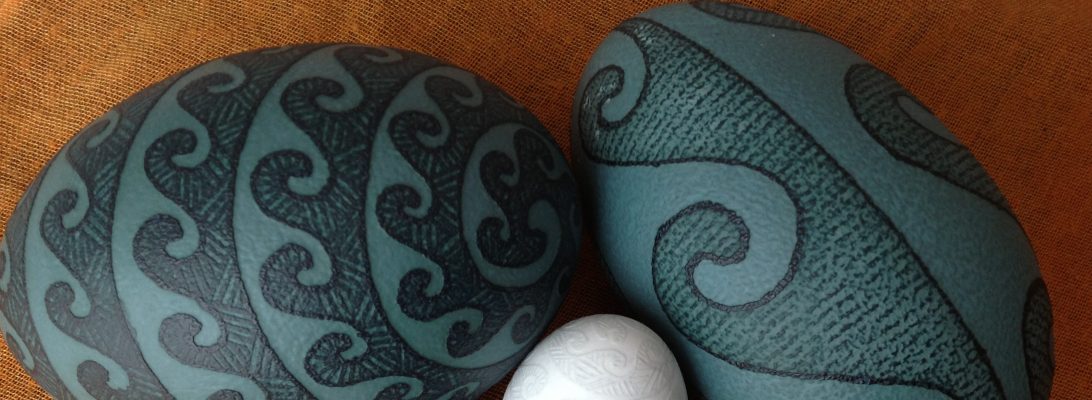gave pretty much nothing with alum, but did come out with an interesting shade when iron was added.


gave pretty much nothing with alum, but did come out with an interesting shade when iron was added.

I was about to throw them out, but since the flower/plant has such significance in the East, I just had to try. I cooked up flower heads and leaves separately, here is what I got: top left – leaves with alum bottom left with alum and iron, top right – flower heads with alum, bottom right – with alum and iron. These were white hydrangea exactly the same as in the photo.

Take-away: leaves with alum are the more potent source of yellow that turns green-ish with iron. Would be interesting whether differently coloured plant (not white blooming) would have different results, and since hydrangea themselves are quite ph sensitive, so might be the dyes.
Try them yourselves if you have any!
Coreopsis extract (gold), saskatoons (green)

Fresh coreopsis (orange), sappan wood (red), saskatoons (purple).

Sappan wood gives quite a nice purple over a very quick dip in saskatoon berries dye (light blue)

Both shades come from the same dye, it works fast, not sure though how it will handle the sun.

First egg in a dye gives a color like this, then it becomes pale orange towards coral.

Made some more eggs, some were attempts to copy Lithuanian drop-pull eggs, while others were inspired by Lithuanian patterns. A number of dyes – two of coreopsis (extract and fresh), elderflower (dried), sappan wood, madder, saskatoon berries (frozen), I think that’s it though I might have forgotten something. Mainly with alum, one egg had sappan wood with iron on background.
We have some tickseed coreopsis hybrid, the non-tinctoria variety, and so I had a chance to continue my coreopsis experiments from last year. I used some semi-fresh mainly wilted flowers and cooked them up in a usual way, then added alum. It gives colors that are very similar to the fresh flower of the tinctoria variety which I grew and then cooked up last summer. The shades are different from the coreopsis dye extract. While the extract gives what I would call a true gold, the dye from fresh flowers gives at the beginning a proper dark orange, almost pumpkin, and after a short time wears out and begins to give a pastel orange, a bit cold, towards coral.

In the photo left to right: coreopsis extract, then first egg from coreopsis fresh flowers, then third or maybe fourth egg in the day from fresh flowers that’s a few days old.
Some kind of chamomile on the left and some kind of artemisia (mugwort) on the right. Both with alum.

And here are both after iron water bath.
